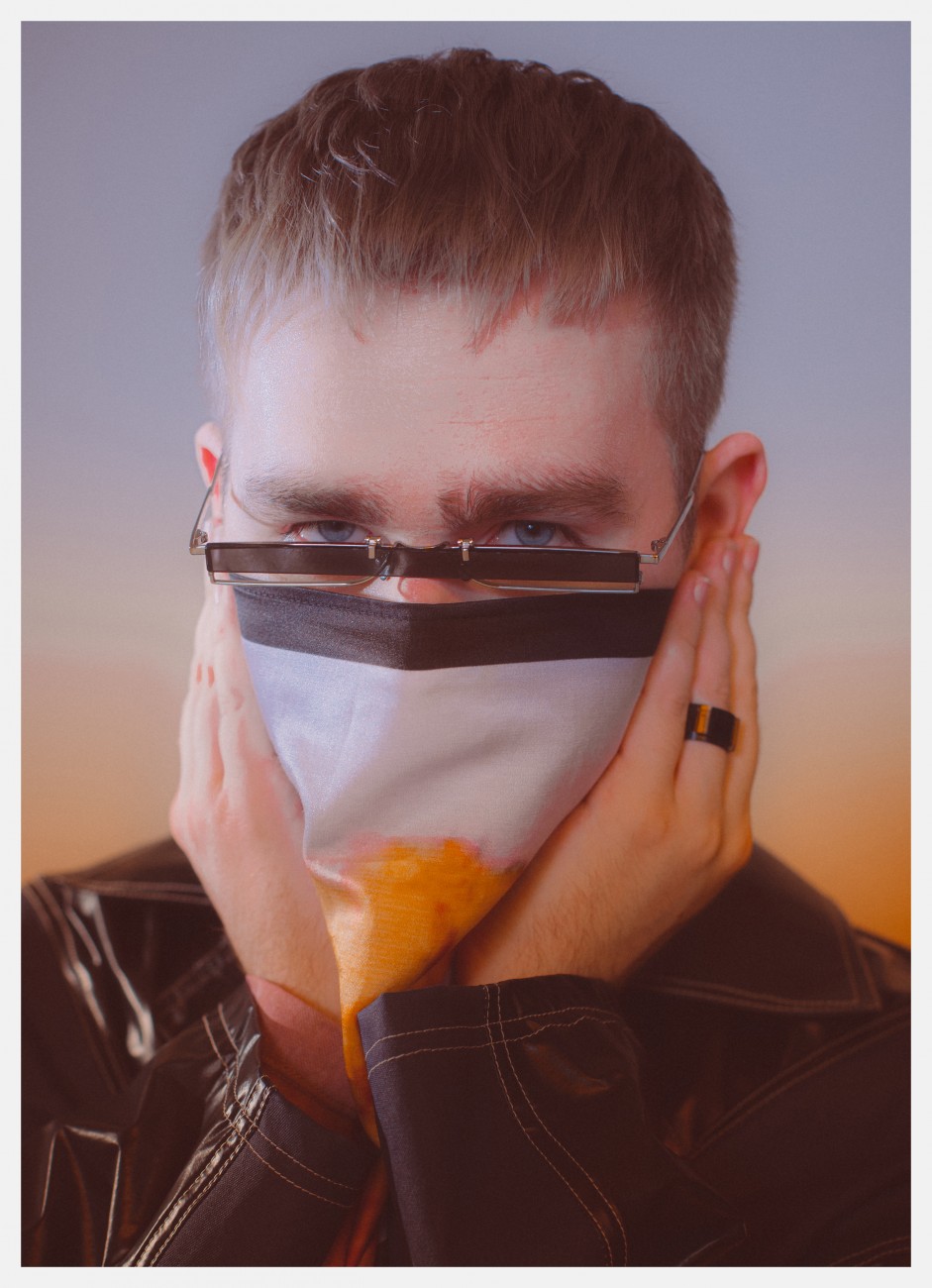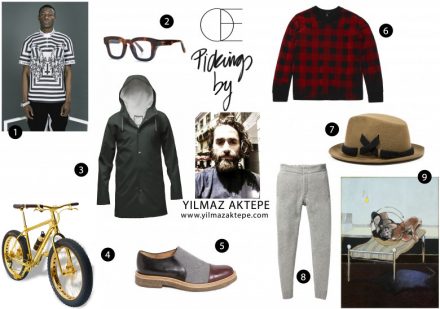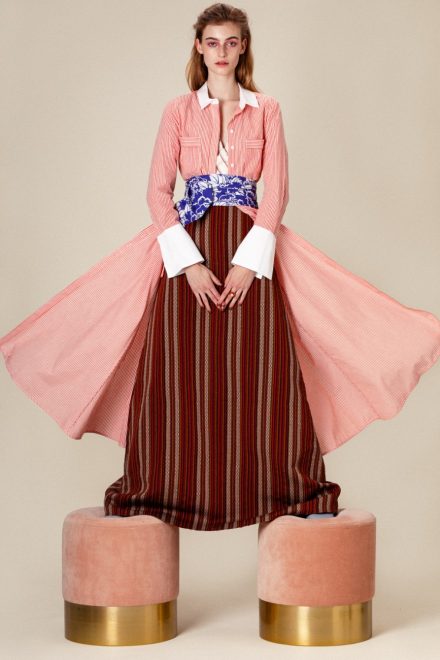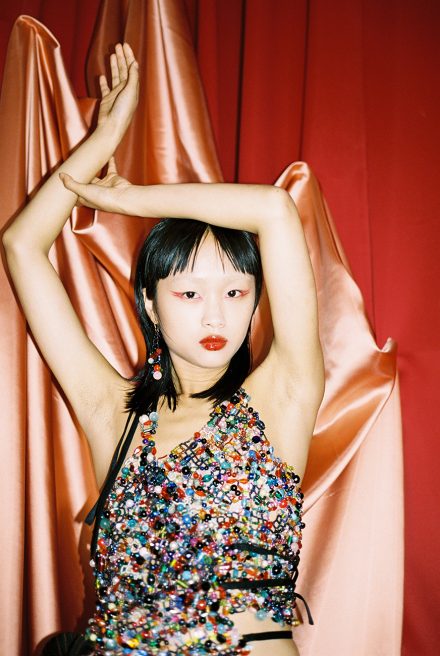British artist Mura Masa aka Alex Crossan took the music world by storm in 2017 with his distinctive debut album ‘Mura Masa’. Producing a blend of pop, indie and urban tracks featuring leading vocalists such as A$AP Rocky and Charli XCX, Mura Masa quickly established himself across the globe as a popular producer. After two and a half years, he has finally released his highly anticipated new album ‘Raw Youth Collage’ (R.Y.C).
This time around, he has taken a very different approach to his music. Reconnecting with his youth, Alex has chosen to let the guitar and his own vocals take centre stage. R.Y.C acts as a teleport, where we are taken on a journey back through Alex’s adolescence and then thrown forward, into what he predicts his generation’s future will hold. The constant running back and forth between past and present mirrors what Alex believes is a communal coping mechanism. Bathing in nostalgia is a way of emotionally escaping the bleak realities and pressures of modern society.
As a fan of the magazine, Alex agreed to be interviewed by Œ’s Online Editor Lucy Rowan to chat about fashion and his new album.
Œ: You had a very successful 2019 with your first Grammy win for ‘Best Remixed Recording’. You’ve kicked off the new year with your second album. For those who haven’t heard it yet, can you summarise it for them in 3 words?
Alex: Raw Youth Collage.
Œ: Besides the new album launch, what are you looking forward to most in 2020?
Alex: I’m looking forward to playing the music Live for people all over the world and bringing them into this new chapter in my music!
Œ: Something which sets you apart from other artists is your creative eye and inventive music videos. Back in 2017, you were even nominated at the Grammy’s for your album’s artwork. Where do you gather most of your artistic inspiration from?
Alex: I think like most people I try to just find references or inspiration that’s unique or different. I’m quite tapped into the kind of emergent underground scenes on Instagram and Twitter. But I love looking to older more strongly established visual artists for guidance in approach. Recently I’ve been really getting into Rei Kawakubo’s approach to design.
Œ: You’ve collaborated with some pretty trendy artists, Slow Thai and A$AP Rocky to name a few. Does someone’s style influence how much you want to work with them? Or is it purely musical?
Alex: It definitely does influence me. Clothes and styling are really just storytelling about a person’s personality so it can be very informative. But obviously, the music comes first. No point in working with somebody super stylish if they can’t deliver!
Œ: Who is your biggest style icon?
Alex: Hmmm, probably Shia LaBeouf? I don’t necessarily dress like him but I like his approach.
Œ: Growing up in the small British island of Guernsey, you have expressed that the internet functioned as a portal into the world of electronic music. Would you say the internet has also had a pivotal role in shaping your fashion awareness and interests?
Alex: Definitely, as with most people my age. I think my generation’s taste is really shaped by amalgam. We get our news, our taste, our opinions from a wider breadth of sources than ever before and I think that shows itself in popular culture a lot nowadays.
Œ: In your Adidas campaign, you accentuated the notion that in music the ‘original’ is never finished. The resurgence of trends is an example of that in the fashion world. Complementary to your music, are you forever editing your style to create something special?
Alex: Yeah definitely. I think if you aren’t changing you’re dying.
Œ: Your newest album is inspired by what you pinpointed in your album listening as nostalgia. However, you aptly made the point that this longing for the past is also applicable to experiences you have never had yourself. Can you give an example of one?
Alex: I think a lot of people feel a kind of communal sense of nostalgia around live music. An example would maybe be the rave scene in the early ’90s. I wasn’t even born there but can definitely identify with the strange halcyon feeling around it. It’s a tough thing to describe!
Œ: Different to your previous album, in R.Y.C you have encapsulated your youth by tapping into your punk band memoirs with heavy guitar and nihilistic lyrics. London is where the Punk Movement originated. Living in London do you feel that there are still remnants of the punk scene?
Alex: I think punk is alive and well but not necessarily in the form of leather jackets and pins. It’s about exciting and visceral music with a countercultural message, and that’s found everywhere from rock music to rap.
Œ: What role has or will fashion play in developing the visual side of your latest album?
Alex: I’ve been very inspired by how the Talking Heads used fashion to prove a point about Post-punk music. Wearing grey suits and drab boiler suits as a direct reaction to what they felt was an overdone look of Mohawks and safety pins at the time, using traditional theatrical thinking for their stage show as a counter to the raucous and unplanned punk shows. That really opened my mind in terms of understanding how an approach doesn’t have to be loud or abrasive to be powerfully rebellious.












